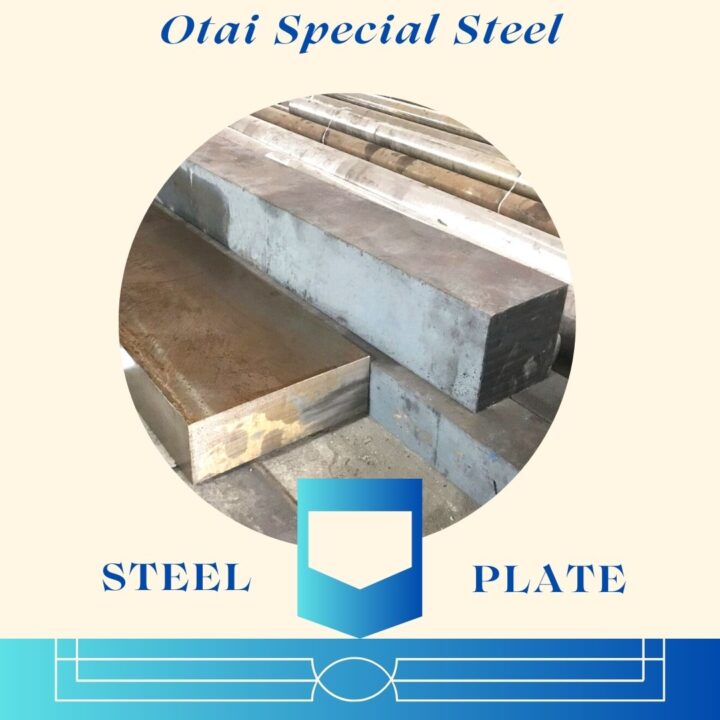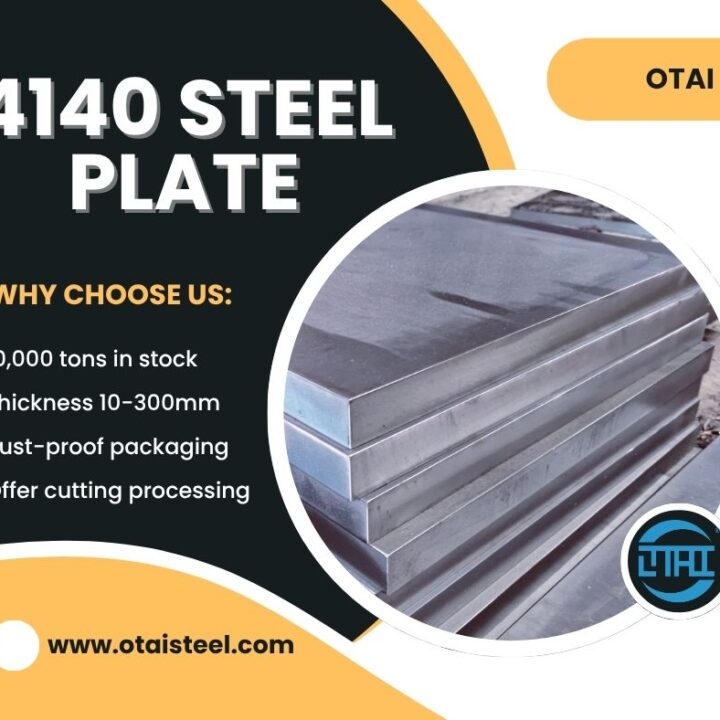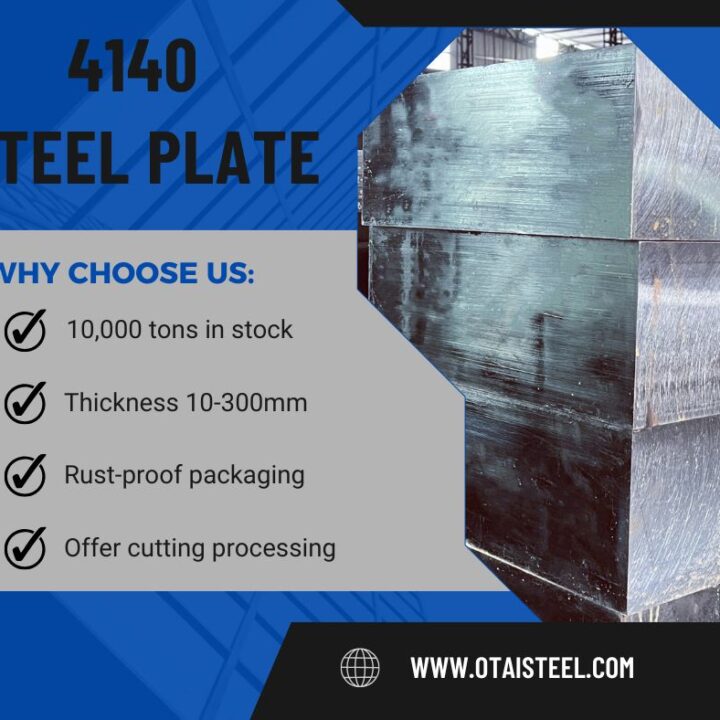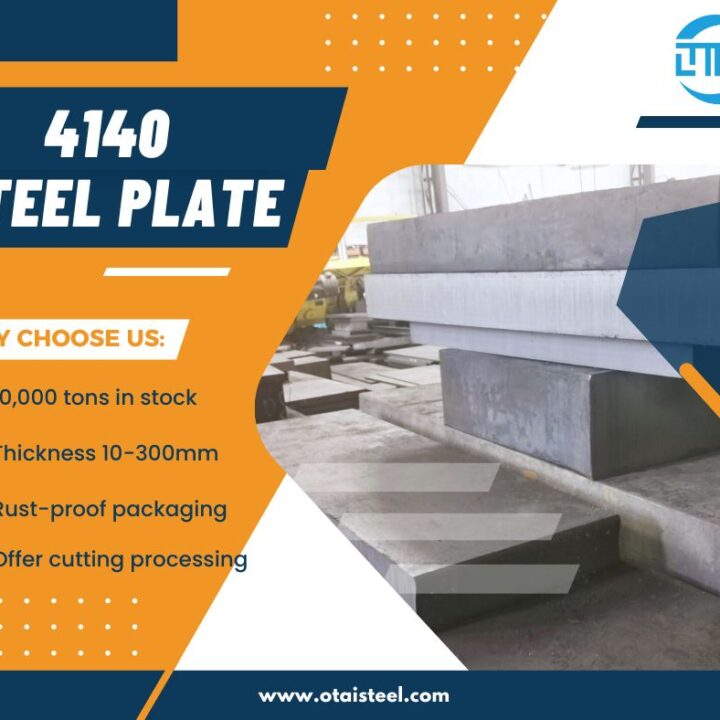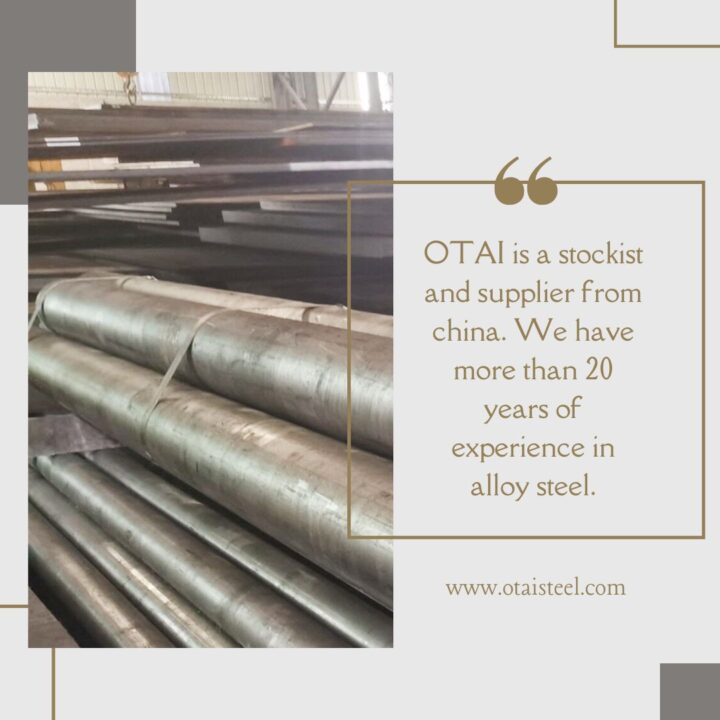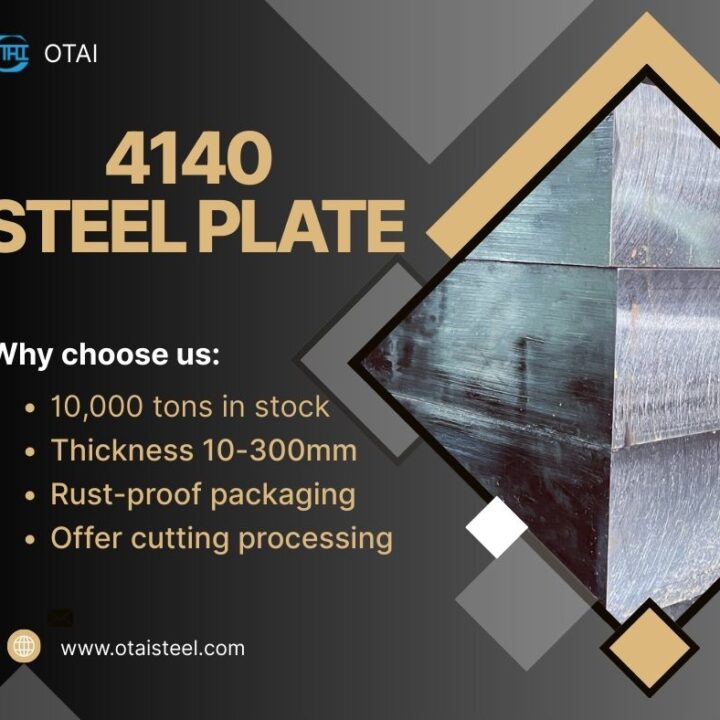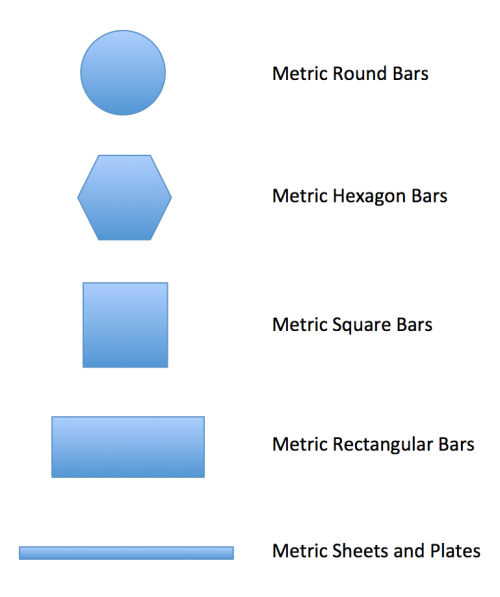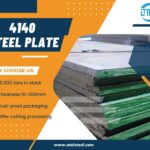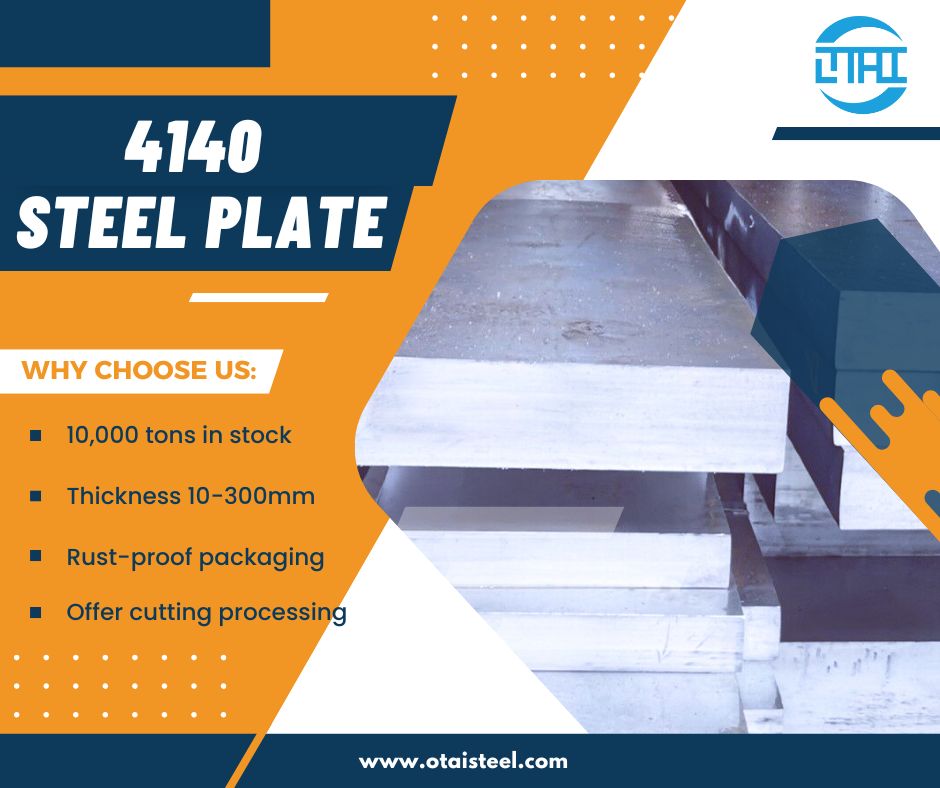 Oil Quenching 4140 Steel: Boosting Strength and Hardness the Right Way
Oil Quenching 4140 Steel: Boosting Strength and Hardness the Right Way
When it comes to optimizing 4140 steel for demanding applications, one process stands out: oil quenching. This heat treatment method plays a pivotal role in enhancing mechanical performance, especially when strength, wear resistance, and toughness are critical. Whether you’re in aerospace, tooling, or automotive industries, understanding how oil quenching 4140 steel works will help you get the most out of this versatile alloy.
In this article, we’ll explore the science, benefits, best practices, and common pitfalls of oil quenching 4140. Let’s dive in! 🔥
🧪 What Is Oil Quenching and Why Use It on 4140 Steel?
Oil quenching is a rapid cooling process where heated steel is submerged in oil to harden its structure. For 4140 alloy, which is a chromium-molybdenum alloy steel with excellent hardenability, oil quenching strikes the perfect balance between cooling speed and reduced distortion risk.
4140 steel contains about 0.40% carbon, giving it the ability to transform into martensite upon rapid cooling—this is the key to increased hardness.
Why oil instead of water?
-
Oil has a slower cooling rate than water, which reduces cracking and warping.
-
It’s particularly suited for medium-alloy steels like 4140, which need a fast but controlled quench.
🛠️ Typical Oil Quenching Procedure for 4140 Steel
| Step | Description |
|---|---|
| Preheat | Heat to 600–650°C (1110–1200°F) to reduce thermal shock. |
| Austenitize | Heat to 830–870°C (1525–1600°F) and hold to allow full austenitization. |
| Quench in oil | Immediately quench in oil (usually mineral oil) at 50–100°C (120–210°F). |
| Tempering (Post-Quench) | Reheat to 200–600°C (400–1110°F) to adjust hardness and reduce brittleness. |
📊 Mechanical Properties After Oil Quenching & Tempering
Below is a table showing typical mechanical properties of 4140 alloy after oil quenching and tempering at various temperatures:
| Tempering Temp (°C) | Hardness (HRC) | Tensile Strength (MPa) | Yield Strength (MPa) |
|---|---|---|---|
| 200 | 52 | 1770 | 1440 |
| 300 | 48 | 1610 | 1350 |
| 400 | 44 | 1450 | 1220 |
| 500 | 38 | 1250 | 1050 |
| 600 | 32 | 1080 | 910 |
These values vary depending on steel size, oil type, and soaking times.
🔍 Benefits of Oil Quenching 4140 alloy
- ✅ Improved Hardness: The martensitic structure achieved via oil quenching gives HRC values in the 30–50+ range.
- ✅ Toughness Retained: Unlike air-hardening, oil quenching avoids excessive brittleness.
- ✅ Dimensional Stability: Reduced warping compared to water quenching.
- ✅ Wider Tempering Range: Offers more control over strength and toughness balance.
⚠️ Common Mistakes to Avoid
- ❌ Inadequate Preheat: Skipping this step can cause cracking.
- ❌ Improper Tempering: Don’t skip tempering—untempered martensite is too brittle.
- ❌ Wrong Oil Type: Always use a fast-quenching oil rated for alloy steels.
- ❌ Overshooting Austenitizing Temperature: May cause grain growth, reducing toughness.
🏭 Application Examples After Oil Quenching
Oil-quenched 4140 is found in numerous heavy-duty applications:
-
Axle shafts
-
Drill collars and tools
-
Hydraulic cylinders
-
Gears and sprockets
-
Die holders and molds
Each of these applications benefits from the hardened yet tough nature of 4140 after oil quenching.
📚 Tips for Optimizing the Oil Quenching Process
-
Always use a controlled-atmosphere furnace to reduce oxidation.
-
Select quenching oil with a suitable flash point and cooling curve.
-
Agitate oil during quenching to ensure uniform cooling.
-
Perform hardness testing post-process to verify transformation.
🏆 Company Advantage: Why Choose Otai for 4140 Steel?
At Otai Special Steel, we supply pre-hardened and annealed 4140 alloy steel plates, bars, and blocks, ready for quenching or machining.
Here’s why international clients trust us:
-
📦 Over 10,000 tons in stock, thickness from 6mm to 300mm
-
🔍 Ultrasonic testing & chemical analysis for every batch
-
🏭 Custom cutting, heat treatment, and export packaging available
-
🌍 Proven track record with Thyssenkrupp, Borealis, Schlumberger
-
✅ Fast lead times and highly responsive support
Need a quote for your next project? 📩 Contact us now and get expert advice tailored to your application!
📧 Contact us: jack@otaisteel.com
📱 WhatsApp: +8676923190193
❓ FAQ
Q1: Do I have to temper 4140 steel after oil quenching?
Yes! Tempering is essential to reduce brittleness and balance hardness.
Q2: Can I use motor oil for quenching 4140 steel?
No. Use purpose-made quenching oil with proper viscosity and flash point.
Q3: What hardness can I expect after oil quenching 4140 steel?
Depending on tempering, expect HRC 30–52 range.
Q4: Will oil quenching warp thin 4140 parts?
It may. Use proper preheating and controlled quenching methods to minimize distortion.
Q5: Is oil quenching suitable for all 4140 steel sizes?
Generally yes, but thicker sections may benefit from more aggressive quenchants or modified processes.
